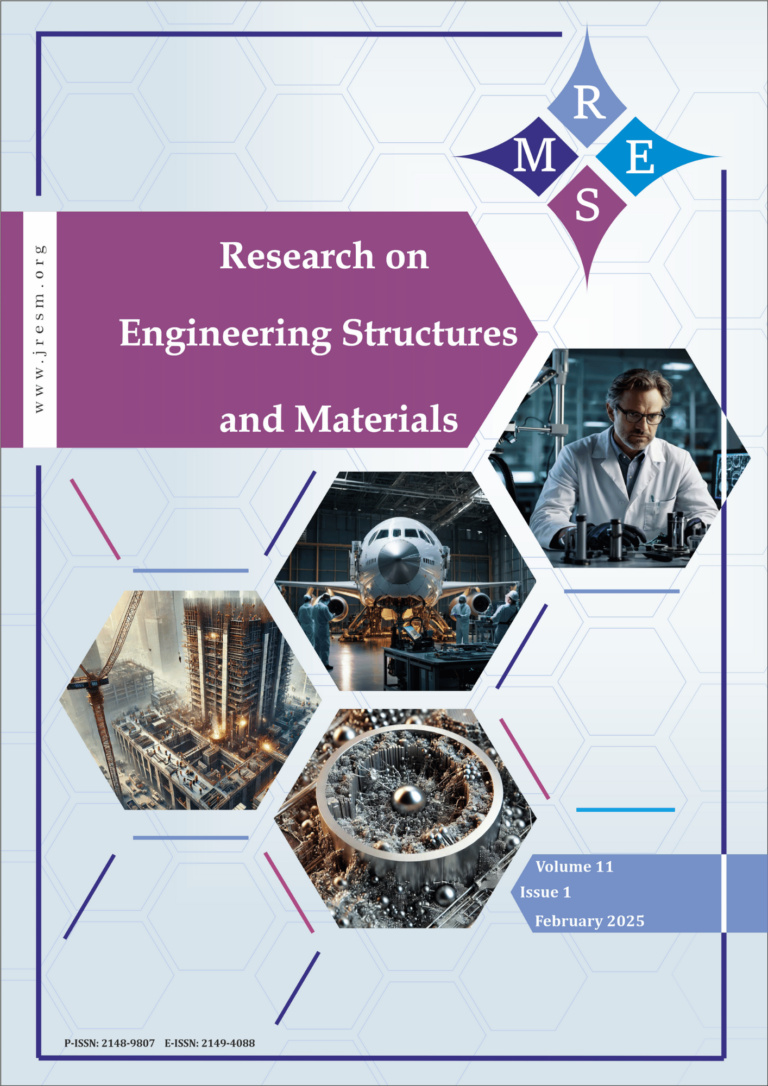In recent decades, the construction of high-rise buildings has accelerated in modern urban areas as a response to the world’s expanding population and demand for efficient space utilization. These high- rise buildings are inherently more susceptible to hazards such as strong winds, earthquakes, and human activities, which could jeopardize structural stability. However, when this rapid growth in high-rise construction continues in earthquake-prone regions it highlights the need for cautious design and oversight measures to guarantee the comfort of occupants and overall safety of buildings. So, the necessity to adopt vibration control strategies in structural engineering is therefore becoming more and more clear. As technology is advancing, several control strategies were created and implemented for high-rise buildings around the world. This review article provides a comprehensive overview of base-isolation and inter-storey isolation systems for high-rise buildings, which is accomplished by extracting useful insights from analytical and design features of real-life high-rise buildings equipped with these base isolation and inter-storey isolation systems. In detail the article explores the basic concept and the characteristics of the Base isolation system, and types of isolation bearings used for buildings. The fundamental concepts and benefits of inter-storey isolation system over base isolation. Additionally, the importance of vibration control strategy for buildings, and the different types of vibration control systems were also discussed.
